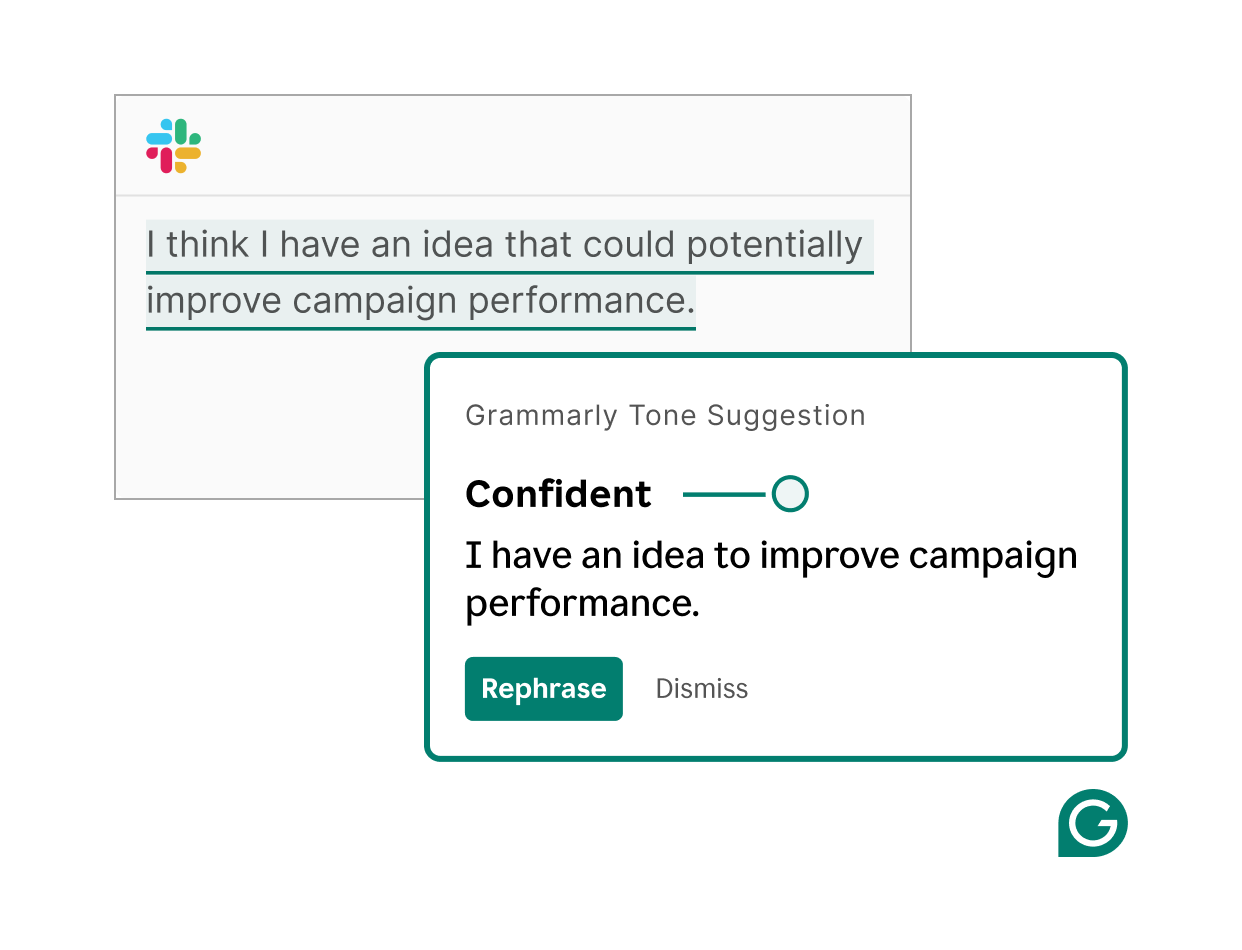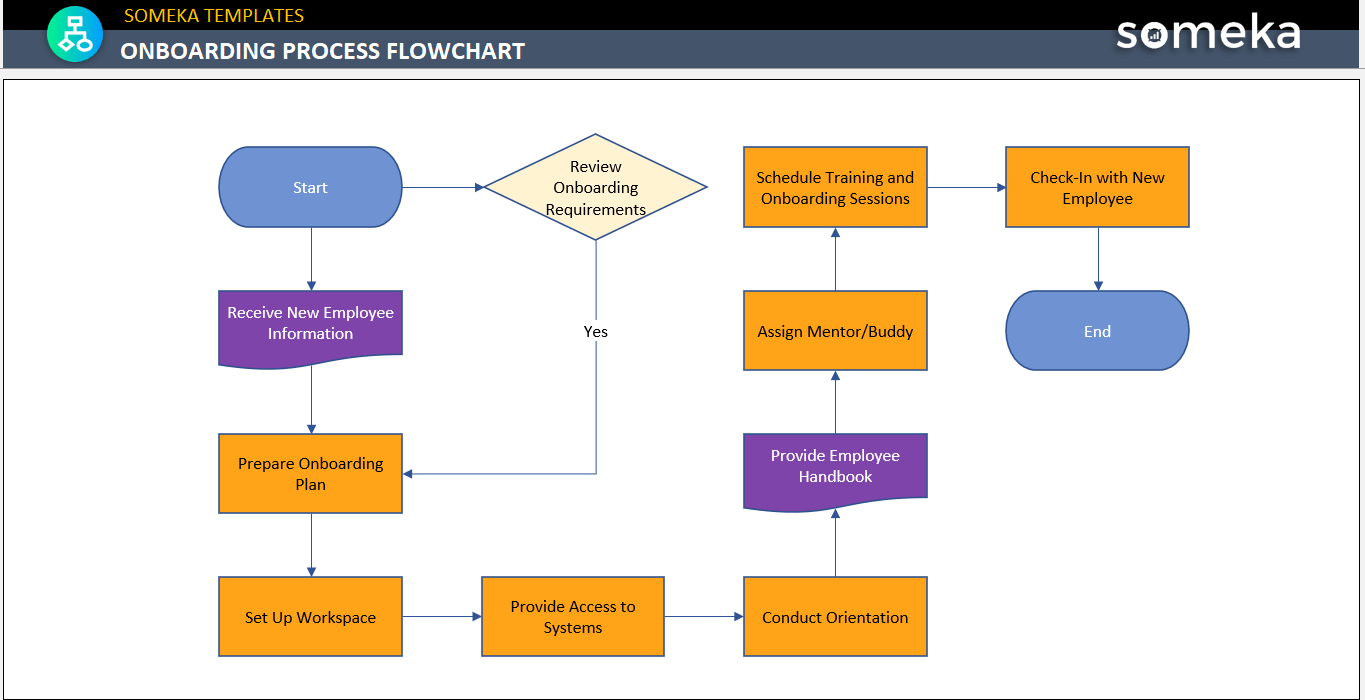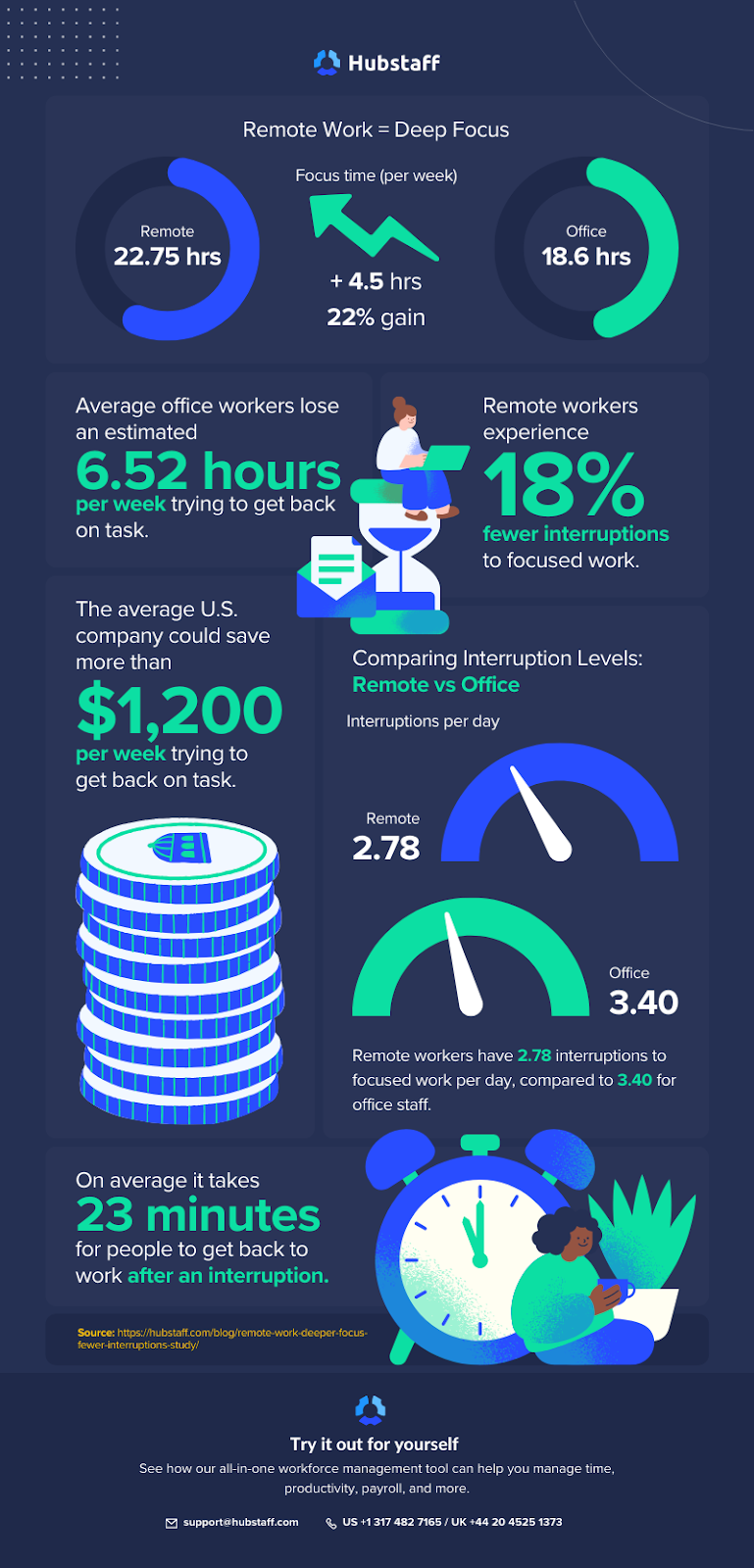Why Streamlining Remote Content Teams is Essential Now
The landscape of work has significantly changed, with remote teams becoming a vital aspect of modern business dynamics, especially within the content creation sector. The rise of remote work culture has transformed how content teams collaborate, leading to improvements in efficiency, creativity, and adaptability. However, this transition presents challenges, particularly in maintaining consistent communication and effective workflows.
Research indicates that remote work can enhance creativity; a study published in the Journal of Economic Behavior & Organization shows that while individuals tend to become less productive with routine tasks, the flexibility of remote work environments fosters innovative thinking. Approximately 64% of survey participants reported that they feel more productive when working from home, highlighting the benefits of this setup. Nonetheless, remote content teams often face obstacles such as miscommunication, lack of immediate feedback, and difficulties in managing projects across different time zones.
Optimizing remote content teams is essential for maximizing these advantages while addressing the associated challenges. Implementing effective strategies can lead to improved communication, reduced number of revisions, streamlined workflows, and ultimately, content of higher quality.
Remote work statistics reflecting the shifts in productivity and creativity (Source: Hubstaff)
How to Reduce Revisions and Improve Content Flow
Minimizing revisions is a crucial goal for remote content teams, as high revision rates can lead to decreased morale and productivity. To tackle this challenge effectively, it is imperative to establish clear guidelines and expectations from the outset. Documenting specific style guides and project requirements can provide valuable reference points for content creators.
Utilizing collaborative tools such as Google Docs facilitates real-time feedback, allowing team members to comment and suggest edits efficiently. This approach enables a more streamlined editing process by reducing the back-and-forth communication traditionally associated with revision cycles. Furthermore, implementing a robust review process ensures that all team members are aligned on their objectives, which can help in preventing unnecessary revisions.
According to research from Google Workspace, tools that enable collaborative editing significantly enhance content flow. By integrating such tools into daily workflows, remote teams can enhance their productivity while maintaining high quality standards.
 Screenshot showing Google Docs' collaborative features in action (Source: Google Workspace)
Screenshot showing Google Docs' collaborative features in action (Source: Google Workspace)
Tools for Consistent Team Collaboration—What You Need to Know
Selecting the right communication tools is vital for enhancing collaboration among remote content teams. Slack is one of the most popular platforms, allowing organized communications through multiple channels and integrating seamlessly with various productivity applications. This integration ensures that all important conversations and updates remain easily accessible.
Microsoft Teams, another widely-used platform, supports both synchronous and asynchronous communication needs. It offers features like video conferencing and document sharing, which enhance collaboration and strengthen team relationships. The availability of asynchronous options is particularly significant for managing teams across different time zones, enabling all members to contribute at their convenience.
Notion serves as a robust centralized knowledge base, allowing teams to effectively store and organize vital information. Establishing clear communication channels through these tools is essential for fostering a connected, productive work environment, which directly impacts the quality and reliability of the content produced.
 Comparison of communication tools highlighting features of Slack and Microsoft Teams (Source: Nuclino)
Comparison of communication tools highlighting features of Slack and Microsoft Teams (Source: Nuclino)
Automating Workflows: The Future of Remote Content Management
In an increasingly digital landscape, automation has emerged as a key strategy for enhancing workflow efficiency within remote content teams. By implementing project management tools such as Asana and monday.com, teams can automate repetitive tasks, track project timelines, and visualize workflow processes. This approach not only saves time but also minimizes human error, thereby allowing team members to focus on strategic tasks.
Creating templates for recurring processes can streamline workflows further, providing clear guidance for team members to follow. Automation tools contribute to reducing the number of manual tasks, empowering team leads to allocate resources more effectively.
Studies indicate that automation can potentially save teams up to 20% of their work time, enhancing overall productivity. This efficiency allows teams to concentrate on producing high-quality content, ultimately leading to improved outcomes and greater job satisfaction among team members.
 Screenshot showcasing Asana's project management features for optimizing workflows (Source: Someka)
Screenshot showcasing Asana's project management features for optimizing workflows (Source: Someka)
Real-Time Editing: Leveraging AI for Higher Quality Outputs
Integrating AI tools into the content editing phase can significantly enhance quality and reduce the workload for remote content teams. Tools like Grammarly and Rytr offer real-time editing suggestions, ensuring that content remains consistent in tone and style across all contributors. These platforms can identify opportunities for improvement and propose specific changes, making the editing process more efficient.
Data from research emphasizes that AI-driven solutions help maintain voice consistency among teams, thereby improving overall content coherence. Utilizing AI tools not only expedites the editing phase but also equips content creators to enhance their writing skills effectively and independently.
Case studies have shown that organizations employing AI tools experience improved turnaround times for content delivery while maintaining high editorial standards, thus minimizing the necessity for extensive revisions.
 Screenshot of Grammarly showcasing real-time editing suggestions for content quality (Source: Grammarly)
Screenshot of Grammarly showcasing real-time editing suggestions for content quality (Source: Grammarly)
Maintaining a Cohesive Brand Voice Across a Distributed Team
Establishing a consistent brand voice across remote content creators is critical for ensuring quality and coherence in all outputs. To achieve this, creating comprehensive style guides is essential. These guides should detail tone, structure, language preferences, and branding elements, serving as reliable resources for all team members.
Regular training sessions, workshops, and the use of collaborative tools can enhance alignment on the brand’s voice. Periodic check-ins and feedback sessions facilitate continued cohesion, enabling adjustments as necessary while ensuring that the brand voice remains consistently represented.
Documentation of standard operating procedures (SOPs) enhances content quality by providing clarity regarding expectations and reducing the potential for inconsistencies. Moreover, regular team meetings contribute to fostering a culture of communication and collaboration.
 Infographic illustrating strategies for maintaining brand voice consistency among team members (Source: Venngage)
Infographic illustrating strategies for maintaining brand voice consistency among team members (Source: Venngage)
Best Practices for Hiring and Onboarding Remote Content Creators
Effective hiring and onboarding practices are essential for integrating new remote content team members into the organization. Crafting detailed job descriptions that clearly outline remote work policies and communication expectations helps attract suitable candidates. Additionally, assessing remote work skills during the interview process ensures that hires can operate independently and manage their time effectively.
Utilizing collaborative tools during the onboarding process allows new hires to experience an environment reflective of their daily work conditions. Creating structured onboarding plans that include timelines, training modules, and key check-in points enables tracking of progress and ensures new team members transition smoothly.
Providing resources in advance, assigning onboarding buddies, and fostering opportunities for social interaction are all critical components of successful onboarding processes. Establishing regular feedback channels can enhance the experience for new hires, promoting engagement and productivity from the beginning.
 Flowchart illustrating effective onboarding processes for remote content creators (Source: Someka)
Flowchart illustrating effective onboarding processes for remote content creators (Source: Someka)
Future Trends in Remote Content Management—What Lies Ahead
The future of remote content management is likely to evolve towards hybrid work models, which combine the benefits of remote flexibility with the opportunities for in-person interactions. This blended approach enables enhanced collaboration and creativity.
Emerging tools and technologies will play a pivotal role in shaping this future, automating routine tasks, improving project management, and providing valuable insights into team dynamics. The focus on mental health and collaborative practices will be central to cultivating a productive work atmosphere.
As the landscape continues to evolve, organizations must remain adaptable and proactive in adopting innovative solutions that enhance remote work while supporting the well-being and productivity of their teams.
 Infographic depicting emerging trends in remote work and future considerations (Source: CloudTask)
Infographic depicting emerging trends in remote work and future considerations (Source: CloudTask)
Conclusion
Streamlining remote content teams is essential to optimizing productivity and creativity in today's fast-paced digital environment. By embracing effective communication tools, implementing automation, and fostering a cohesive brand voice, organizations can significantly enhance their content creation processes. Establishing best practices for onboarding and continuous engagement will ensure that new hires are integrated smoothly while maintaining high quality standards.
As the landscape of remote work continues to evolve, leaders in content management must remain proactive in adopting innovative solutions that facilitate collaboration, support employee mental health, and leverage technology to improve workflows. The future of remote content teams holds great potential, provided organizations prioritize adaptability and continuous improvement in their strategies.

टिप्पणियाँ (0)
साइन इन करें चर्चा में भाग लेने के लिए या .